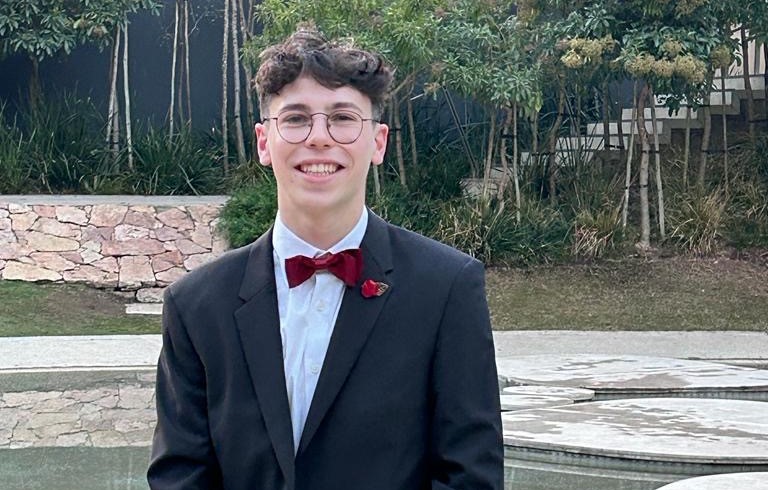
Personal Story

Being at the Kotel on Pesach – a priestly blessing
Since the days of Moshe and Aharon, the kohanim have recited Birkat Kohanim, the holy priestly blessing conferred by the Temple priests on the Jewish people. During the Amidah, the central prayer in the Jewish daily prayer services, the kohanim walk up to the front of the shul wearing their tallit, take off their shoes, place their hands together, and bless the community.
Birkat Kohanim is one of the most spiritually uplifting rituals in Jewish life as the entire congregation is embraced in a “divine hug”.
This year, I was privileged to be at the Kotel on Pesach. Along with Sukkot, this is the occasion each year when thousands of people come from all over Israel to the Kotel for a special nationally broadcast Birkat Kohanim, something I had seen before only in photos or videos.

Understanding the sanctity of Birkat Kohanim requires an appreciation of the role the kohanim play in Jewish spiritual identity and purpose. The command from Hashem to the Jewish people to be “a kingdom of priests and a holy nation” (Exodus 19:5-6) emphasises the collective responsibility of am Yisrael (the Jewish people) to serve as vessels for divine blessings. That the kohanim may bless the congregation only after being asked to do so, demonstrates the active role of am Yisrael in inviting and responding to the blessing.
As I closed my eyes and concentrated on the words being chanted over the speakers, I remembered being called into shul during the chaggim when I was younger. All the children would gather in the middle of my shul, a tallit would be held over us all, and we weren’t allowed to look at the kohanim as though Hashem was blessing us. It felt austere yet comforting.
In that moment, the importance of the land I was standing on hit me. I couldn’t help but feel a strong sense of belonging and connection to my fellow Jews, past and present. I was standing where our ancestors have prayed for thousands of years; where our ancestors had been blessed at the foot of the Beit Hamikdash since the days of Shlomo hamelech (King Solomon). I felt an overwhelming sense of appreciation and awe. Every morning, we pray to Hashem to gather us from all over the world and to rebuild Jerusalem. In many aspects, it seems that our prayers are slowly being answered.
In difficult moments like our people are living through now in Israel and around the world, we can become blinded by the fear instilled in us by our enemies and jaded by the pervasive hate around us. And it’s in moments of spiritual beauty, like I experienced at the Kotel over Pesach, when you feel the unity of am Yisrael and experience the blessing of being on the very land where our Temple once stood. It’s in these moments that we understand why we, the people of Israel, are fighting for the survival of Israel and the Jewish people. This is our home, our history, and the blood that pumps through our veins.
In those moments, as we stood shoulder to shoulder, united in prayer, the divisions that often separate us melted away. It was replaced by a shared sense of purpose and resilience. It was a reminder that even in the darkest of times, we’re not alone. We’re part of a larger nation that spans generations and continents.
Whatever challenges face us, the priestly blessing of the kohanim shows us that, with G-d’s blessing, we’ll endure.
- Rafi Midzuk is a former head boy of Yeshiva College in Johannesburg, and is in Israel on MTA (a Bnei Akiva youth movement gap-year programme).




